Wearing a face mask is the most effective way of preventing or minimizing the spread of the COVID-19 virus. The CDC continues to highlight that it’s a crucial measure to protect yourself and the people around you.
However, buying disposable face masks can quickly take a chunk out of your budget. Likewise, buying reusable masks can cost anywhere between $10 and $50. If you’re buying a collection for your entire family, this can make your wallet cringe, especially in these difficult financial times.
The good news is, you don’t need to buy a new N95 mask every other week. In fact, you don’t even need pro sewing skills to make face masks. Instead, you can make a variety right at home with a few tools and tricks. Let’s explore 3 different styles you can try with materials already in your home.
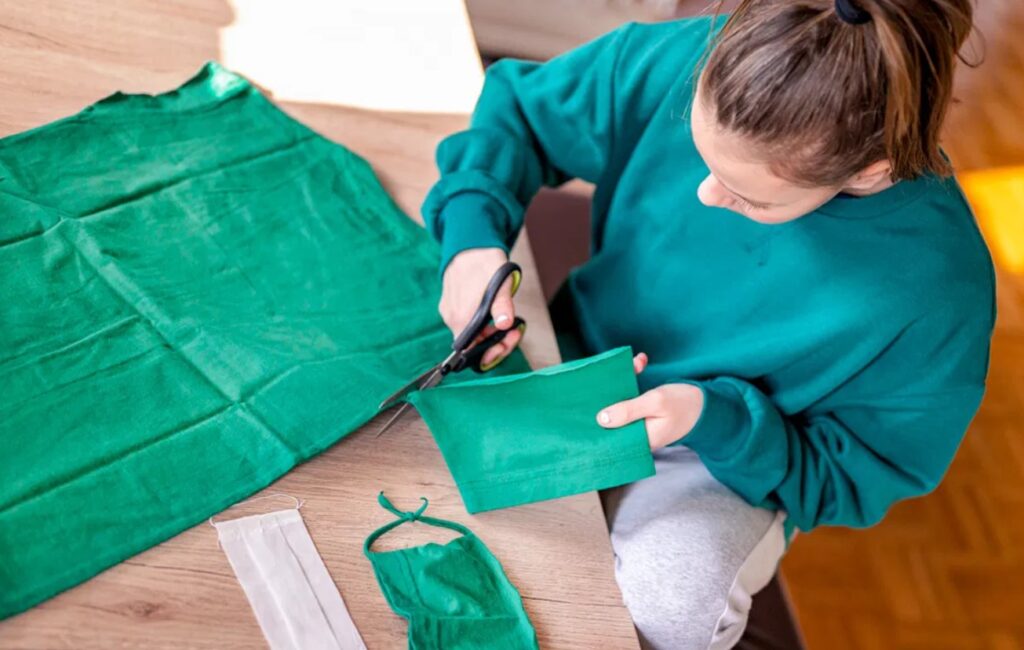
Tools to Make Facemasks
- Clean cloth or t-shirt
- Hair ties or rubber bands
- Tape measure or ruler
- A scarf or bandana
- Scissors
Keep in mind that homemade face masks do not completely stop the spread of the COVID-19 virus. You will still need to respect social distancing and try to limit your contact with other people. The masks should also be worn over the mouth and nose, and should be washed regularly. Otherwise, you may pose similar risks to your health and the health of others as when you don’t wear a mask.
None of these masks are medical grade, but they are approved by the CDC as an acceptable alternative if you don’t have the money or the ability to access higher quality masks.
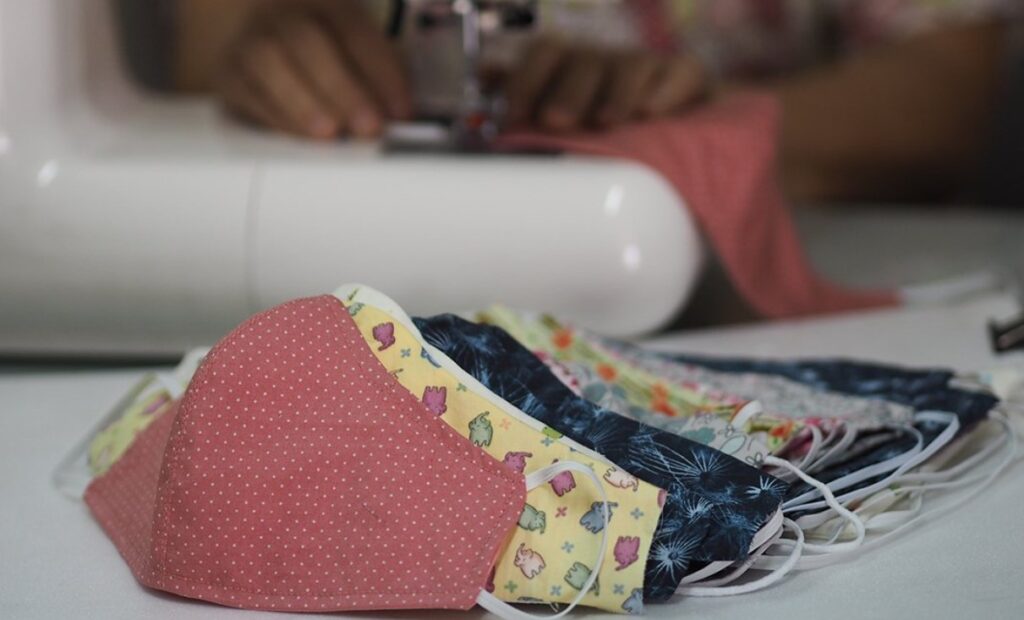
Bandana Face Mask
This is the fastest and easiest way to make a new face mask. You will just need elastic rubber bands and a clean scarf or bandana to get started. You can even purchase bandanas in a range of colors or patterns from places like Walmart. If you pair that with offer codes from www.slickdeals.net, this mask may only cost pennies.
Start by folding your scarf or bandana in half and repeat the process twice upside and down. Now, add your rubber bands around your material strip, and then fold it in the middle. It’s best if you can tuck in the ends of the material. Use the rubber bands to attach it to your face.
While you might see people just tying a plain bandana around their face as a mask, that’s not as effective as this DIY mask. You want a tight fit that keeps your mouth and nose securely covered. Otherwise, airborne contaminants may simply pass in through the gap at the bottom of the mask. By using rubber bands, you limit how much exposure you have.
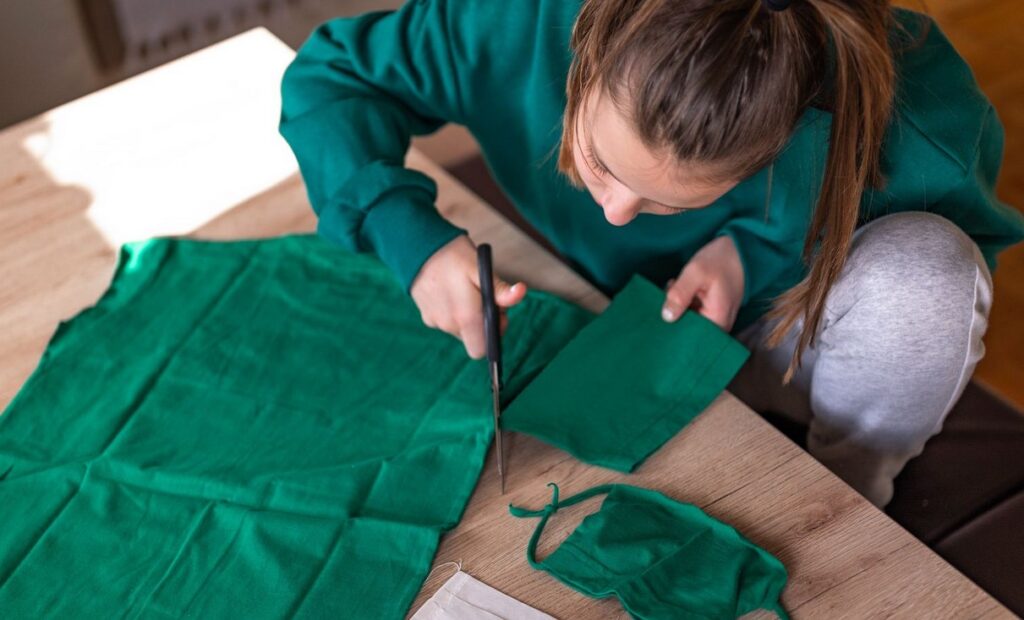
T-Shirt Face Mask
It is not recommended to simply pull your t-shirt up over your mouth and nose. Like with the bandana, you need a tight fit. The good news is, you can still use old t-shirts to achieve this effect.
- Get a clean t-shirt, scissors, and an optional coffee filter.
- Make sure to use a t-shirt without holes in it or that hasn’t been worn too thin. You need a thick layer of cotton in order to properly protect yourself.
Start by cutting your t-shirt in half, and make sure the total height of the t-shirt material covers your nose and chin. Usually, this is around 17-20 cm. or 7-8 inches. You can measure the exact size of the mask with a measuring tape, and make relevant size adjustments. At this stage, you can hold it up to your face to confirm the sizing and trim the excess.
Your goal should be to make an extended c-shape that covers your face. After that, take your time to adjust the mask until your nose and chin fit inside. You can secure the t-shirt mask with a safety pin and a small coffee filter. The coffee filter works as a great way to absorb any sweat on your face, while also providing extra protection against airborne contagions. It’s not as good as medical-grade, but it should help you stay relatively safe while shopping.
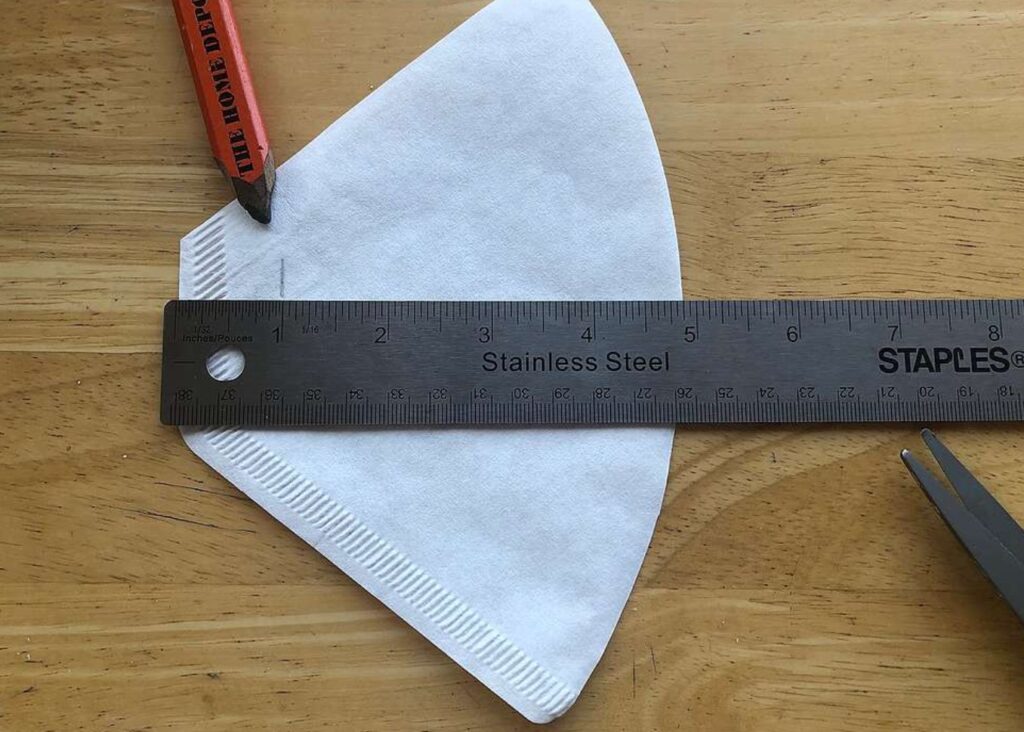
Cloth Face Mask
Cotton masks are recommended by the CDC, as they have the best chance of keeping out airborne particles while also allowing people to breathe. If you don’t want to destroy a t-shirt, you can simply buy cloth in a color of your choosing or repurpose fabric from around your home. Be sure it’s 100% cotton, as spandex or other filler materials may inhibit your ability to breathe long-term. A bed sheet is a good option.
Be sure to get cotton fabric that’s around 10-12 inches in size and bigger rubber bands or hair ties to strap on the cloth.
Like with the t-shirt mask, fold the cloth in half. On either end, loop a rubber band through the fold-over. You can sew both ends shut to make sure they properly hold the rubber band in place. Once you’ve done this, sew around the top and bottom of the mask, so both folded pieces are flush to one another. You can now raise it to your face and secure the rubber bands behind your ears. The mask should press over your mouth and nose.
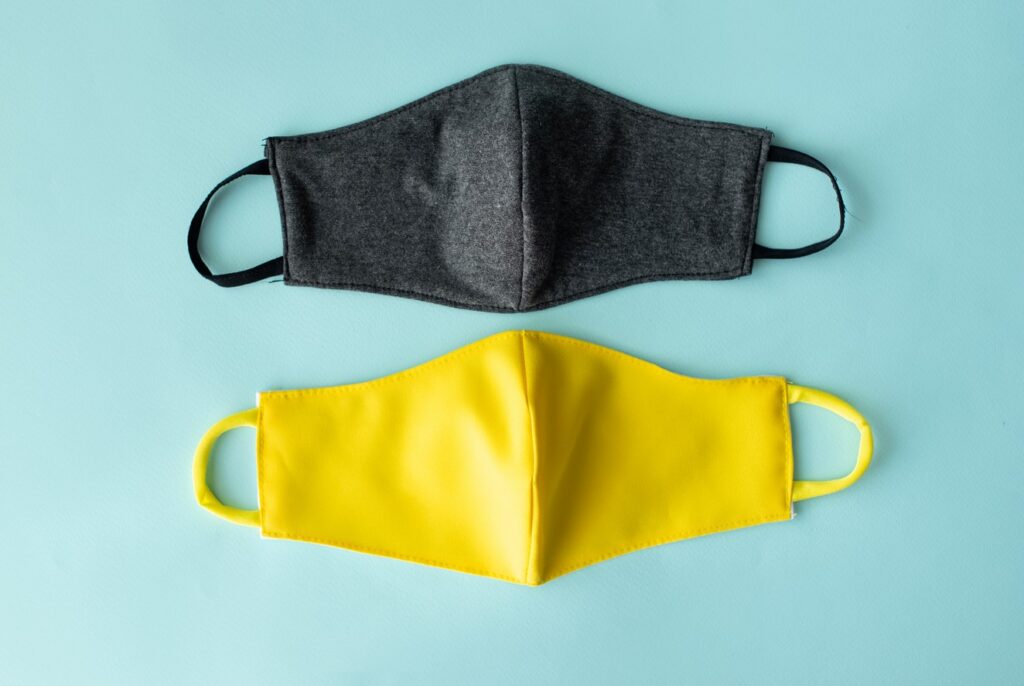
Final Thoughts
It’s fair to say that the history books will see 2024 as the year of the coronavirus pandemic. The vaccines may be here, but it’s still everyone’s responsibility to minimize the spread of the virus through face masks.
It seems that the importance of masks will likely continue even in the post-COVID-19 world, so these designs can help you stay safe and budget-friendly. As time goes on, you can even update the styles to match the season or your own personal tastes. Just be sure that 100% cotton is used and that you don’t leave any gaps for airborne particles to sneak in.

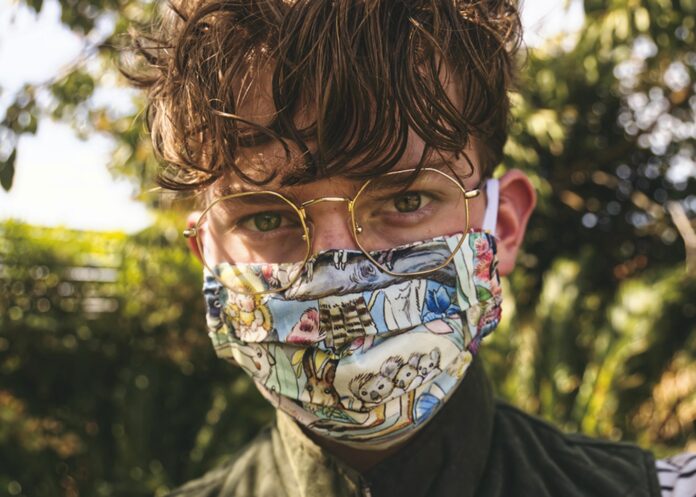

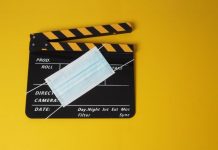
![Calgary’s Hottest Neighborhoods for Luxury Homebuyers [2024]](https://thewashingtonote.com/wp-content/uploads/2024/04/Calgary-324x160.png)



